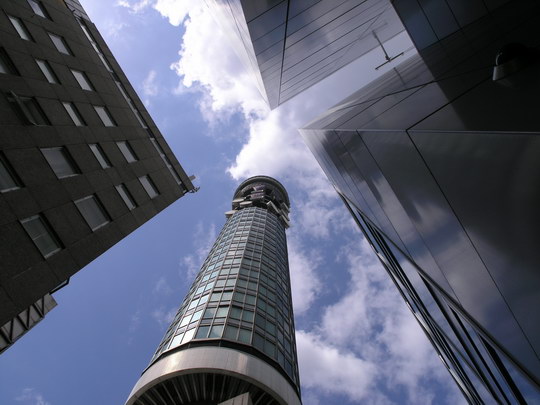We are in the middle of a recession, so why is it a good time for small businesses to sort out their web presence at such a bad time? Surely, it would be better to wait for the recession to be over and then to start investing again. In this post, I have outlined 6 reasons why you should be thinking about a redesign of your web site now; or if your business is not online, why you should get your business on the internet now.
Your customers are looking for bargains
Your customers have already searched online for the best deals and best products. The internet has helped consumers to drive down prices and be better informed about the goods they are purchasing. The web has enabled consumers to not only compare products, prices and resellers, but also to find out what others think of a product, service or company. All of this is done online. If you have an out of date or non-existant web site, you will miss out on this traffic. By 2007, Verdict Research estimated that £10.9bn was spent online by UK consumers. That was a year-on-year increase of 33.4%. Since then, despite the recession, internet retail sales have continued to increase.
Your competitors have a site already
Your competitors — both locally and globally — more than likely already have a website and are benefiting from the additional traffic that it generates. By not having a website, or not having it updated, you are missing out on the custom that your competitors are enjoying. Would you shut your shop one day a week and put a sign on your door giving directions to your nearest competitor? This is exactly what you are doing if you don’t have a modern web site.
Professional image
Most consumers today expect a professional business to have a website and to be listed online. You can gain a lot of business by making the right first impression for consumers who may not have known you existed. By being able to answer questions online and show your products or services, you start to build a relationship with potential customers. Those who do product research online may email you a quick question, your answer may build a relationship that subsequently leads to a sale. Brand trust is a key factor in the decisions consumers make.
Marketing tools
Why not generate new marketing opportunities with your website? You can market directly to people who have visited your site and subscribed to your updates. You can send them advice on your latest offers, new lines, deals and company information. And it won’t cost you a penny to do!
A website also offers you the ability to be open 24 hours a day, 7 days a week, with no additional staff requirements. It is an advertising dream offering you the ability to advertise your goods and services in a cost effective way. Owning a website is much cheaper than taking out a year’s worth of advertising.
Give contact details to millions of passers by
The internet enables you to offer browsers and passers-by the opportunity to get in touch with you. Whether that is leaving a comment on your blog, emailing you directly, sending you a message through your online form, using a chat room, giving your telephone number and address, adding your listing to directory services and Google…. These days, people don’t look in Yellow Pages™ for business information. They look online. It is up to you to make sure you are there when they come looking.
The recession won’t last forever
You won’t find many market experts telling you when the bottom of the recession will be reached. In fact, you won’t hear them claiming the recession is over until after the economy has scrambled out of the hole and is making a dash for it. You shouldn’t wait for the experts to tell you that everything is going to be fine; you need to make provisions for the survival of your own business and the best way to do that is to spend a little time sprucing up your online shop windows. This will push you ahead of the game when the economy does start to react and you will be leading the field.




